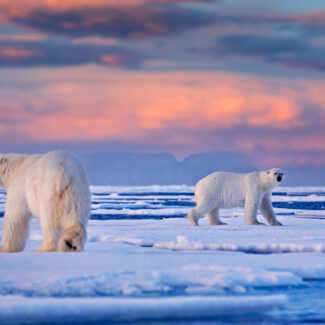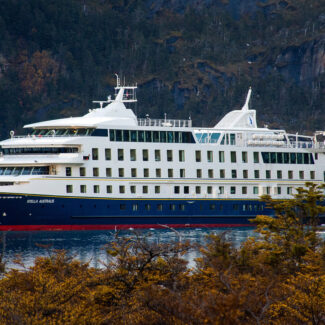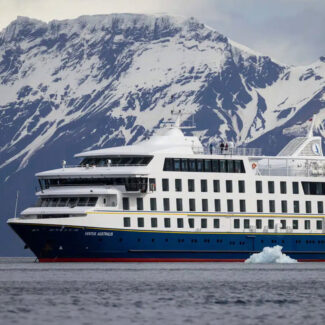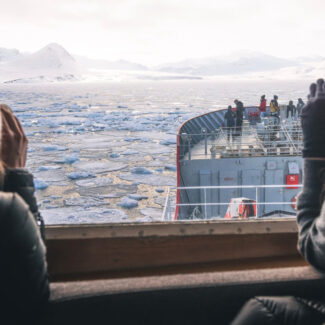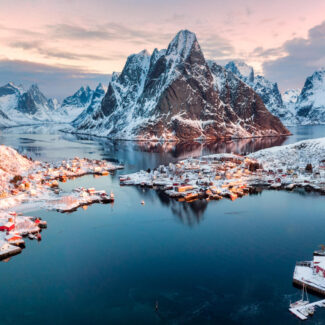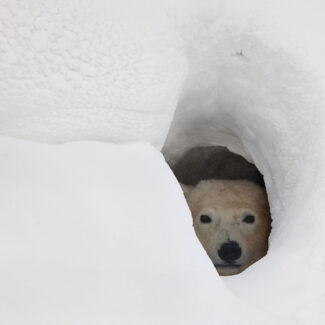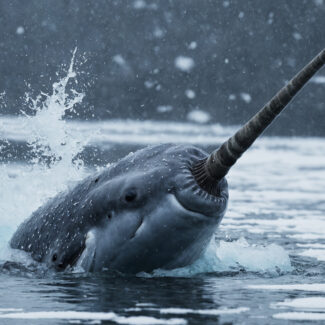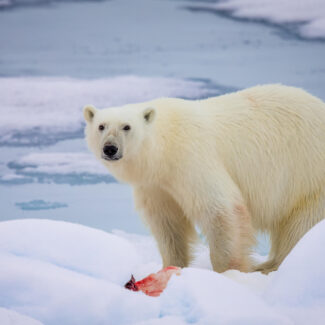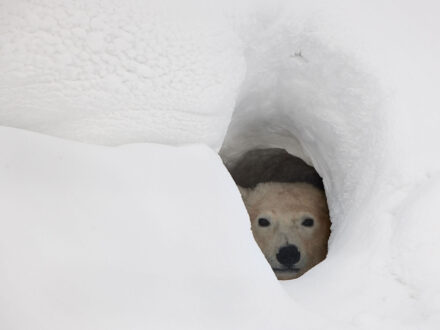The Most Inhospitable Travel Destinations That People Are Still Keen To Visit
Antarctica, a location that attracts travelers from all around the world to its freezing temperatures, limited amenities and rough terrain. But despite these conditions, people are very, very keen to visit the beautiful yet desolate continent. Why?
For many, visiting somewhere so inhospitable offers the sense of adventure and thrill of exploring uncharted territories. Being in a place that’s so isolated and different from what you are used to.
Plus, there is the added challenge of overcoming such harsh conditions, which can be appealing to anyone who likes to push their limits.
Essentially, the allure of visiting inhospitable destinations lies in the challenge, adventure and unique experiences that they offer and, for those who are willing to brave the elements, the rewards can be truly remarkable.
There is something about such travel destinations that really draws people in, so we decided to find out which are the most inhospitable travel destinations that people are still keen to visit – read on below!
The Most Inhospitable Travel Destinations That People Are Still Keen To Visit Ranking
1. Antarctica
We’re not surprised that Antarctica took the top spot as we know more than most how Antarctica has become one of the most popular destinations for adventurous travelers in recent years with visitor numbers increasing year on year.
Interesting considering, according to our data, Antarctica is the most inhospitable destination on Earth. The desert spans a staggering 14,200,000 km² and experiences bracing wind speeds of up to 80kmph, a baltic average temperature of -33 degrees celsius and a position of around 1,000 kilometers from the nearest city.
Yet the term ‘Antarctica cruise’ sees around 12,000 average searches each month on Google, so why are people so keen to visit if it’s so inhospitable you might ask?!
Well, the landscape of Antarctica is truly like no other place on Earth—a vast, icy wilderness that's almost entirely devoid of human life. The continent is covered in a thick layer of ice that's constantly shifting and changing, and the towering glaciers and icebergs, and frozen lakes seem to stretch on forever. A sight to behold.
Despite the challenges, more and more people are eager to experience the breathtaking landscape and unique wildlife of this remote region - from playful penguins to majestic whales.
And if you are considering visiting the continent, we, of course, recommend taking a cruise. These typically depart from Ushuaia in Argentina and take travelers through the infamous Drake Passage, which is known for its rough seas.
Antarctica's formidable beauty is unparalleled, a testament to nature's raw power. Despite its seemingly inhospitable environment, this frozen continent beckons with breathtaking icy landscapes and resilient wildlife, offering an extraordinary adventure for those daring enough to explore its pristine, remote wilderness.
2. Mount Everest
Taking second position for the most inhospitable destination that people are still keen to visit is Mount Everest, the tallest mountain in the world that stands at a towering 8,848 meters. This soaring height sees an average wind speed of a lively 53kmph, a frosty average temperature of -27 degrees celsius and a distance of 160km to the closest city, Kathmandu.
As a result, summiting Everest is an incredible feat of both endurance and skill, which is why only around 6,000 people have ever done so, but even making it to the 5,364m base camp is a remarkable experience.
The trek to Everest base camp has become increasingly popular in recent years, drawing thousands of visitors annually - as many as 40,000 each year in fact. This could be why it saw the highest number of average monthly searches in our study, with ‘Everest base camp trek’ seeing 18,000 searches per month.
And those who take on the challenge will find themselves winding through mountain scenery, traditional Sherpa villages and high-altitude passes, which offer both breathtaking views and the chance to immerse yourself in the local culture.
Scaling the world's highest peak, Mount Everest, is the ultimate test of endurance, where extreme altitude and unpredictable weather create one of the planet's most inhospitable yet utterly compelling environments. It's a journey reserved for the most resilient adventurers, promising an unparalleled sense of achievement amidst the grandeur of the Himalayas.
3. Aconcagua
Rounding up the top spot is another lofty mountain, this time Argentina’s Aconcagua - the highest mountain outside of the Himalayas. Standing at 6,960 meters high, the mountain has an icy average temperature of -27 degrees celsius and a location that is around 110km to the closest city, Mendoza.
It also has the fastest average wind speed of any destination in the study, at a staggering 102kmph. Yet, despite such bracing wind speeds, the term ‘Aconcagua climb’ sees around 1,400 searches each month on average.
In fact, the popularity of climbing Aconcagua has grown in recent years, with around 3,500 climbers attempting to summit the peak each year. That being said, the success rate is only between 30-35%.
Those who do attempt the summit though will enjoy 360-degree views of the Andes Mountains, Chile and the Pacific Ocean to the left, and the plains of Argentina to the right.
Standing as the highest peak in the Americas, Aconcagua presents a formidable challenge even for experienced climbers, earning its place among the world's most inhospitable yet alluring destinations. Its extreme altitude, brutal winds, and remote location in the Andes demand respect and offer a profound sense of accomplishment to those who conquer its heights.
Interesting findings
- Of the top 10 most inhospitable travel destinations that people still want to visit, three are in Argentina, which suggests that the country’s remote locations really intrigue travelers.
- Interestingly, looking at continents, it appears that Asia as a whole draws people to its remote locations, with Mount Everest in Nepal, Ismoil Somoni Peak in Tajikistan, K2 in Pakistan and Mount Elbrus in Russia being in the top 10.
- Eight of the top 10 are mountains too, which highlights how the feat of climbing these inhospitable destinations piques the interest of many adventure travelers.
Even amidst the world's most extreme environments, like the endless ice sheets of Antarctica, human resilience shines through. Such inhospitable landscapes reveal fascinating insights into survival, climate, and the sheer tenacity of those who venture into the planet's wildest frontiers.
Methodology
Using a list of 75 of the highest mountains and volcanos, and largest deserts, we analysed the average temperature, wind speed, and distance to the closest city for each to give us an overall 'inhospitable' score.
We then found the average monthly Google searches for the highest keyword associated with visiting each destination to find out how keen people were to visit, the ‘intrigue’ score.
Any destinations where a full dataset wasn't available were omitted from the study.
Please note that the figures for the average temperature, wind speeds and distance to the nearest city are estimates due to the remoteness of some of the locations.
Data was gathered from credible sources including Mountain Forecast, AccuWeather and Google Maps.
A full dataset is available upon request.
Data correct as of February 2023.
Disclaimer
Our travel guides are for informational purposes only. While we aim to provide accurate and up-to-date information, Antarctica Cruises makes no representations as to the accuracy or completeness of any information in our guides or found by following any link on this site.
Antarctica Cruises cannot and will not accept responsibility for any omissions or inaccuracies, or for any consequences arising therefrom, including any losses, injuries, or damages resulting from the display or use of this information.




